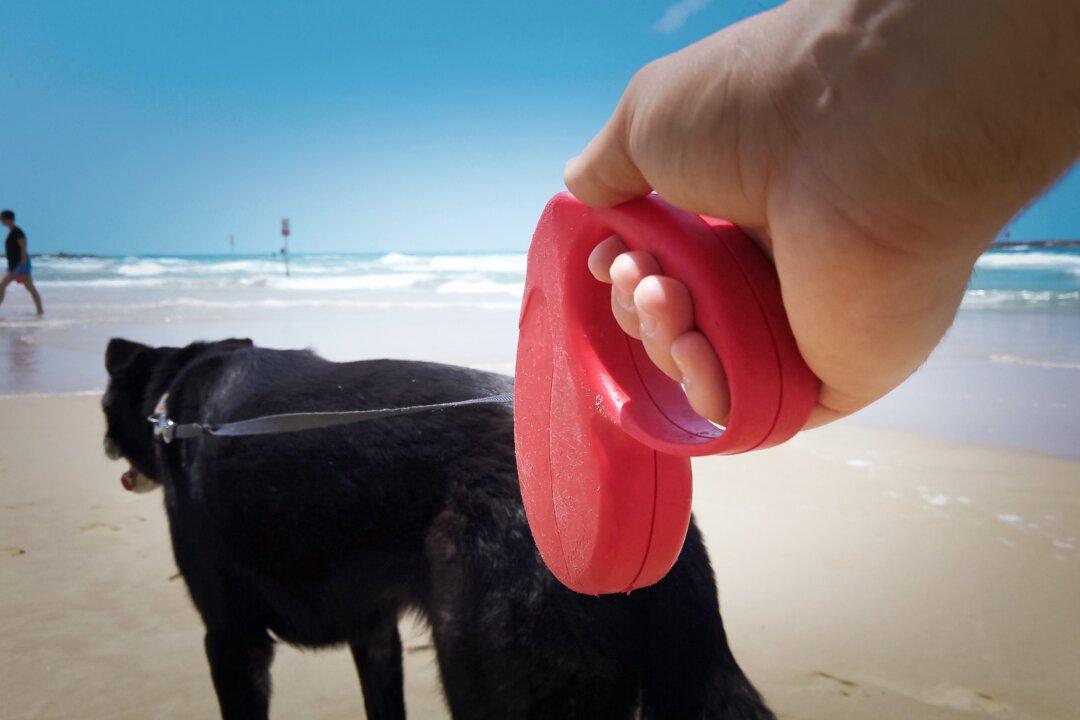Q: I usually walk my golden retriever, Jake, on a retractable leash, which we both love. Our local park requires dogs to be on leashes no longer than six feet and bans the use of retractable leashes. Would you give me some ammunition so I can convince them to change their policy?
A: Sorry, I can’t. Retractable leashes are dangerous for dogs—and humans, too—and they teach dogs lessons they shouldn’t learn.





